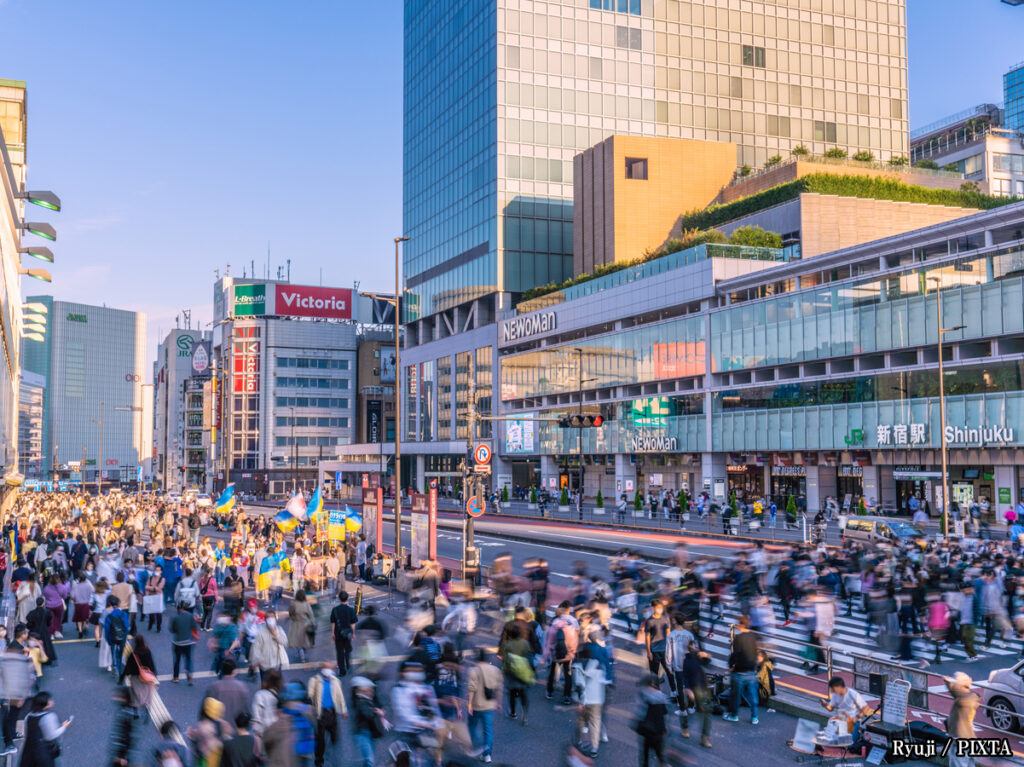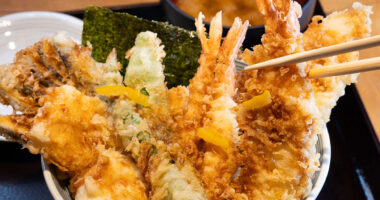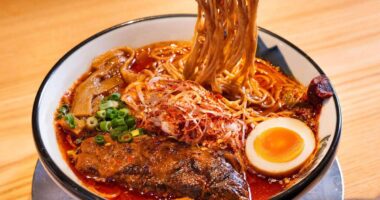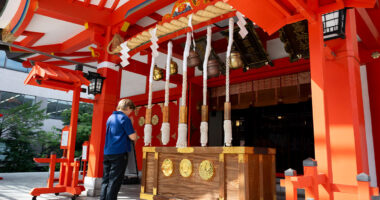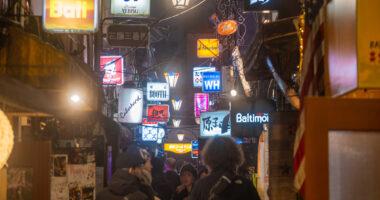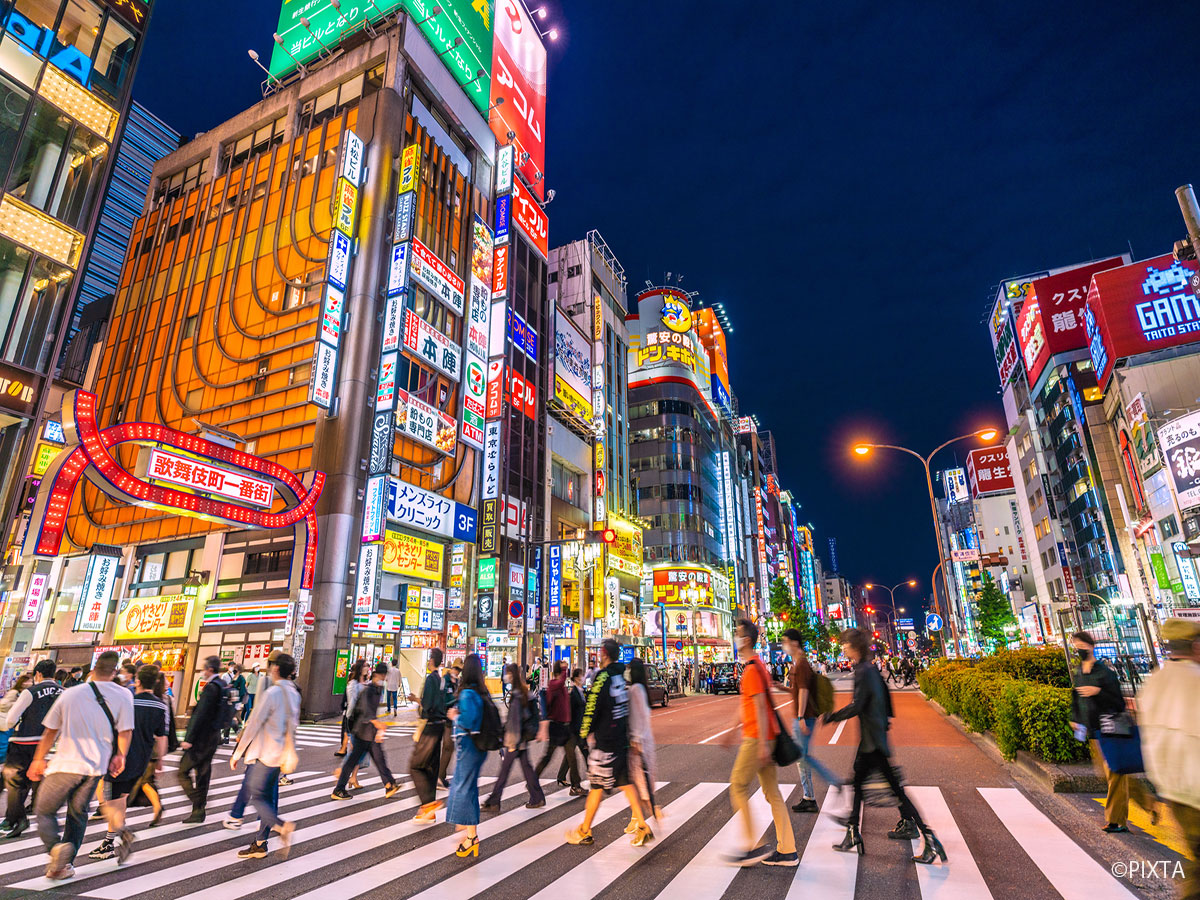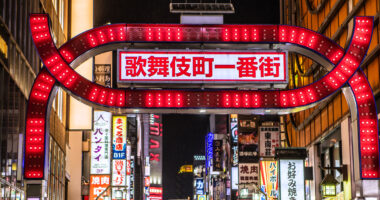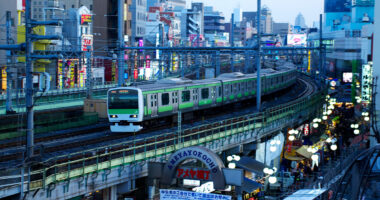Shinjuku Station in Tokyo has a reputation for confusing even seasoned travelers. As the world’s busiest train station, it channels millions of passengers each day through a maze of platforms, exits, and underground corridors. For first-time visitors, the scale alone can be disorienting and overwhelming. However, with a bit of planning and a clear route in mind, navigating Shinjuku Station becomes far less daunting and far more efficient.
Why Shinjuku Station confuses so many travelers
Shinjuku Station has earned its reputation for being notoriously difficult to navigate. Several overlapping factors—many of them baked into the station’s design—make it surprisingly easy to lose your way, no matter how familiar you are with Tokyo.
- Sheer size and scope: Shinjuku Station isn’t a single building, but a massive complex that connects multiple train companies, subway lines, and bus terminals. Together, they form a massive network of interlinked stations spread across Shinjuku.
- Multiple operators: Different sections of the station are managed by different companies (JR East, Odakyu, Keio, Tokyo Metro, and Toei Subway), each with its own platforms, ticket gates, and signage. Navigating between them can sometimes feel like switching train stations entirely.
- Numerous exits: Shinjuku Station alone is said to have over 200 exits, including underground, ground-level, and station building access points, so simply knowing your destination isn’t enough—you need to know and be able to find the exact exit closest to it. Major exits are often grouped by direction (East, West, South, etc.), but each one includes a tangle of sub-exits.
- Underground labyrinth: Much of the station is below ground, connected by a web of corridors that link to department stores, shopping malls, and nearby buildings. Without natural light or visible landmarks, it’s easy to lose your sense of direction.
- Crowds: At any hour, you’ll find yourself shoulder to shoulder with thousands of others, and dense foot traffic makes it difficult to pause, check signs, or get your bearings.
Which train lines run through Shinjuku Station?
Understanding which train lines run through Shinjuku is the first step to making sense of its layout. Each railway company runs its own territory within the station, so knowing your line lets you head straight to the right area without getting sidetracked.
- JR East Lines (Japan Railways): These are often the most commonly used by tourists (depending on where you stay).
- Yamanote Line: The iconic, circular JR loop that connects Tokyo’s major hubs, including Shibuya, Harajuku, Ueno, and Tokyo Station.
- Chūō Line: The orange JR line (rapid) linking Shinjuku with Tokyo Station to the east and destinations like Mitaka (home of the Ghibli Museum) to the west.
- Saikyō Line & Shōnan-Shinjuku Line: North-south routes that connect Shinjuku to areas like Ikebukuro, Shibuya, and Yokohama.
- Private Railway Lines: These offer access to destinations outside central Tokyo.
- Odakyū Line: Heads southwest toward Hakone, Odawara, and Enoshima.
- Keiō Line: Leads west to Mount Takao and surrounding areas.
- Subway lines (Tokyo Metro & Toei Subway): These are convenient for navigating central Tokyo and reaching areas not served by JR lines.
- Tokyo Metro Marunouchi Line: Connects Shinjuku to Tokyo Station, Ginza, and Ikebukuro.
- Toei Shinjuku Line: Travels east-west across the city.
- Toei Ōedo Line: A loop line linking areas like Roppongi, Shiodome, and Tsukiji Market.
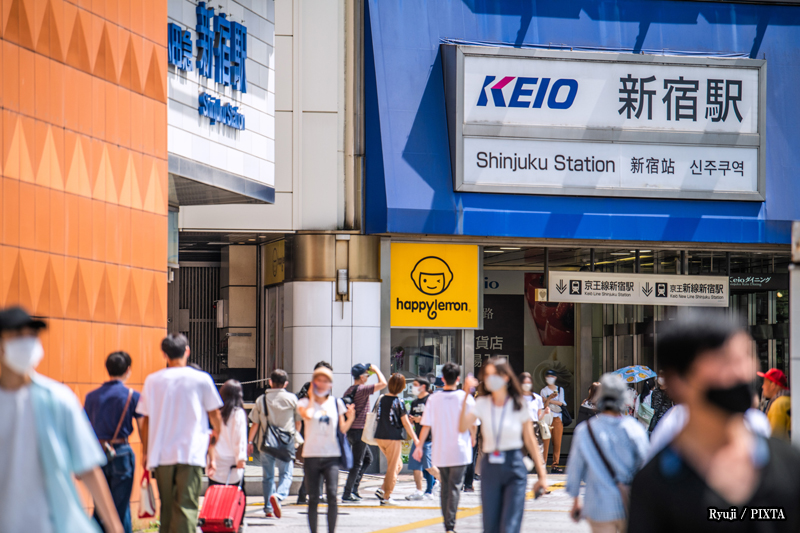
Photo for illustrative purposes
Step-by-step guide: How to navigate Shinjuku Station
Here’s how to move through Shinjuku Station without getting lost:
- 1. Identify your line and operator: Before you arrive, check which train line you’ll be using (JR Yamanote Line, Odakyu Line, Tokyo Metro Marunouchi Line, etc.). Knowing both the line and operator will help you head to the right area from the start.
- 2. Find the right entrance: Shinjuku has many entrances, often aligned with specific railway operators. Look for signage pointing to your line’s company—such as JR, Odakyu, Keio, Tokyo Metro, or Toei—and head for the corresponding entrance.
- 3. Use Google Maps: Have Google Maps open with your destination pinned before entering the station. It’s surprisingly accurate for navigating inside, often showing platforms and exits.
- 4. Follow color-coded signs and station numbers: Japanese stations use clear signage, often color-coded by line. Look for your line’s color and number; for example, the JR Yamanote Line is green. Then follow signs for “JR Line,” “Odakyu Line,” or whichever operator you need.
- 5. Focus on the exit name: Once you reach your destination platform, the next crucial step is choosing the right exit. Don’t stop at general directions like “East Exit” or “South Exit,” as each one branches into smaller numbered or named exits. Look for the full label—such as “East Exit (Central)” or “Exit B13”—to get closest to where you’re going.
- 6. Look for landmarks on exit signs: Many exits list nearby buildings, hotels, or shops. If you know a major landmark near your destination, look for it on the signage to guide your way.
- 7. Don’t be afraid to ask: Station staff are usually near ticket gates or information counters and are easy to spot in uniform. Many speak basic English and can point you in the right direction if you’re unsure.
- 8. Re-evaluate above ground (if lost): If you exit and find yourself disoriented, it’s often easier to stay above ground and find your way using nearby landmarks and street signs than to dive back into the underground maze.
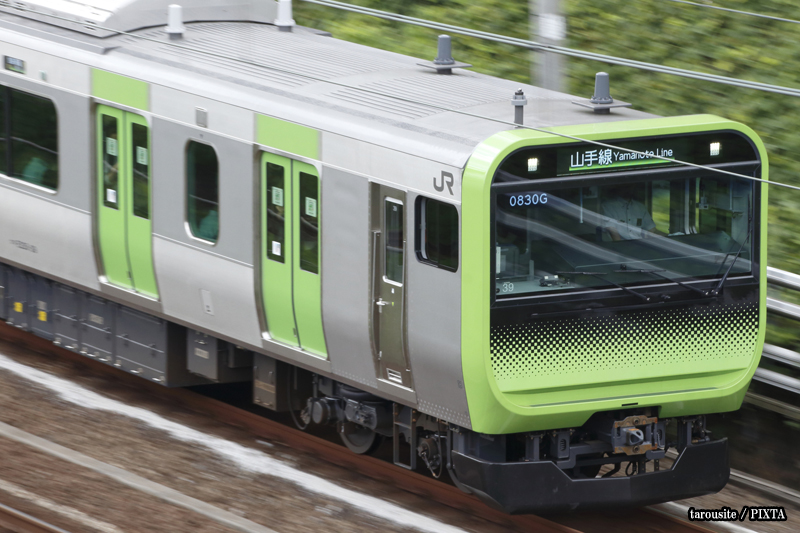
Photo for illustrative purposes
Tips to avoid getting lost at Shinjuku Station
Getting through Shinjuku smoothly isn’t about memorizing every corridor: it’s about knowing what to look for and when to slow down.
- Know your destination’s exit: Before your trip, look up which exit is closest to your hotel, meeting point, or restaurant. This is the single most important detail to have.
- Screenshot maps/exits: Save screenshots of directions or station maps highlighting your platform and exit. Cell signal can be unreliable underground.
- Arrive early: If you’re on a schedule or meeting someone, plan to arrive early. Rushing through Shinjuku usually makes things worse.
- Use the Yamanote Line (if possible): If your destination is on the JR Yamanote Line, it’s often the most straightforward option. Transfers are often easier, and the route is generally more intuitive for first-time visitors.
- Consider a station guide app: Apps like Japan Transit Planner (Jorudan) or Japan Travel (NAVITIME) often include detailed station maps, making them a useful supplement to Google Maps, particularly in a station as complex as Shinjuku.
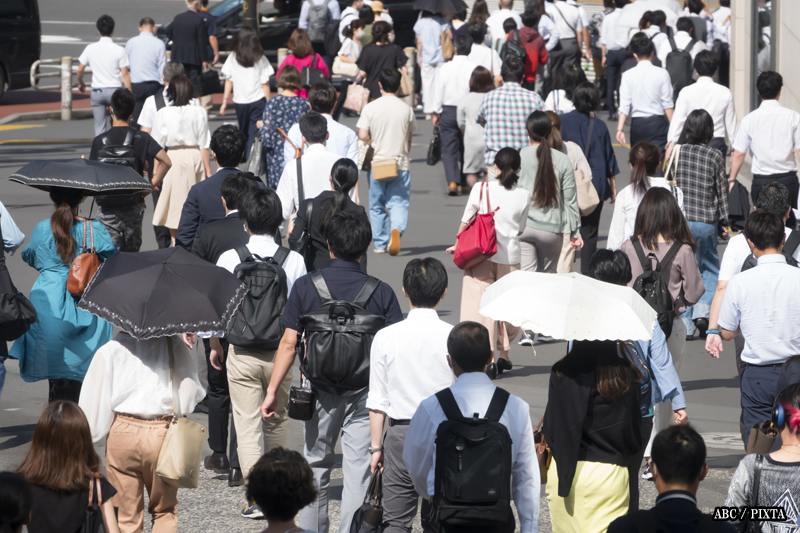
Photo for illustrative purposes
Common mistakes to avoid
Steer clear of these common pitfalls.
- Assuming all lines are operated by JR: This is a big one. Not all trains at Shinjuku are operated by JR. Other companies—including Odakyu, Keio, Tokyo Metro, and Toei—run their own lines within the same station complex, each with separate gates and platforms. Knowing your operator is essential for finding the right area.
- Ignoring exit names/numbers: Don’t rely solely on broad labels like “East” or “West.” Each zone contains dozens of sub-exits, and choosing the wrong one can leave you far away from where you intended to go. Always check the full exit name or number to get as close as possible to your destination.
- Panicking in crowds: When the station feels overwhelming, pause and reset. It’s better to step aside (find a wall) and get your bearings than to push ahead in the wrong direction.
- Following the crowd blindly: People around you may be heading to completely different platforms or exits. Always double-check signs to make sure you’re still on track.
- Underestimating travel time within the station: Shinjuku is massive, and transferring between lines can take longer than expected, particularly when switching between operators. Build in extra walking time to avoid feeling rushed or falling behind schedule.
- Travel light: Heavy luggage makes moving through crowds and stairs harder. Use coin lockers or delivery services like Yamato Transport when possible.
Summary: Don’t fear Shinjuku Station—plan ahead and walk smart
Despite its reputation, Shinjuku Station runs on logic—just at an enormous scale. Though the layout is not exactly intuitive, once you understand how the different operators are divided, how exits are labeled, and how to read the signage, the chaos starts to sort itself out. Navigation apps help, but the real difference comes from knowing your line, your exit, and where you’re going before you arrive. Treat it less like a station and more like a small city: move with intention, and you’ll get exactly where you need to be.
